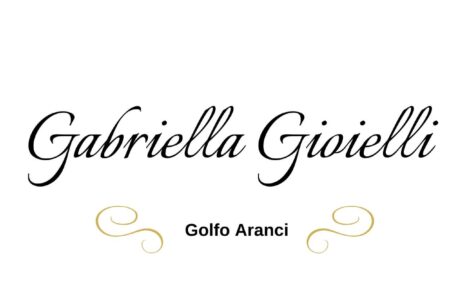Sardinian wedding rings
Some narrate that it’s handed down from mother to daughter.
Others say that the jewel has to be given by the future groom to his bride.
The oldest legend, narrates that the fairies (called the “Janas”)
are the true artificers of the jewel, for it gives eternal love if worn on the left ring finger, seat of the vena amoris, for it is the vein directly connected to one’s heart, indicating the strong bond between two soulmates.
In the same way that they knew how to embroider, the little fairies were also capable of magically intertwining the destinies of men.


Beyond the legends, the jewel par excellence of the Sardinian tradition has very ancient origins attested by a ritual that dates back to the Roman period.
In this historical period, the pact of “destrarum iunctio”, or engagement, as made with a ring.
The dextrarum iunctio was the ceremonial handshake that two betrothed made at the time of marriage.
The representation of the betrothed in the act of shaking their right hand (dextrarum iunctio inter contiuges) is a recurring theme of Roman pagan and Christian iconography, starting from 31 B.C., year of the end of the Republican age, up to the beginning of the 7th century.
The scene, which has remained unchanged for centuries, depicted the couple in the act of shaking their right hand at the end of the wedding ceremony, with the husband dressed in a toga, holding a scroll in his left hand, the official marriage certificate (libellus), while the wife holds the edge of the veil that covers her head, removing it from her face; at other times she places her left arm on her husband’s shoulders with an affectionate gesture.


For this reason this Sardinian faith has taken the name of “Maninfide” which literally means “hands in faith”. In fact, the ring represents two hands clasped around a finger and symbolises the next pact that will be sealed with the marriage. In the ancient Sardinian tradition, the betrothed gave “Maninfide” to his beloved, thus declaring the seriousness of his intentions. The bride’s family accepted the proposal and in exchange gave her future husband a knife with a bone handle and decorated with studs. The girl could then wear the ring publicly, openly declaring her new status and her indissoluble bond.
For the realisation of a Sardinian wedding ring, the filigree master jeweller takes one or two days from the moment of the metal’s fusion to make the ring.
The ring can be realised in both gold or silver.
The Sardinian tradition requires that the true Sardinian wedding ring be realised exclusively in yellow gold.
In alternative in golden silver, to recall the handed down jewel.

